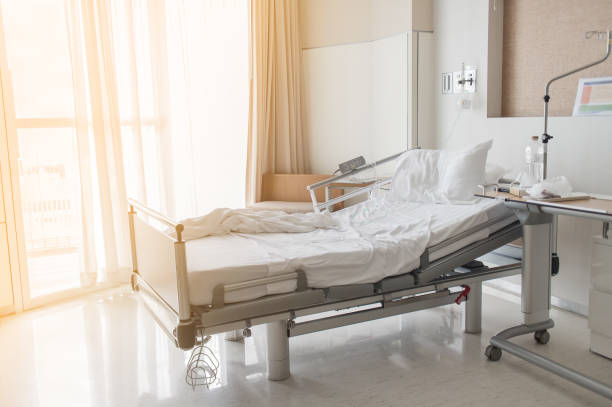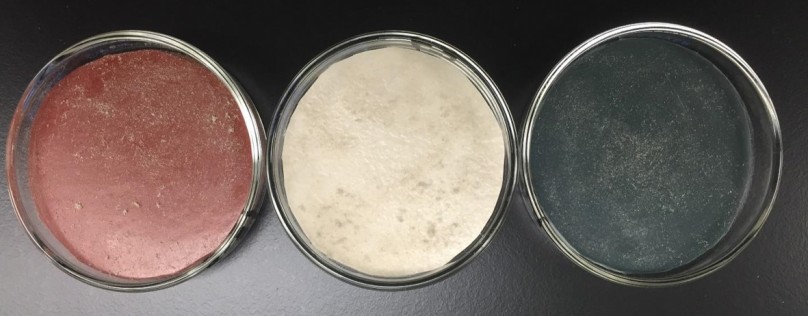I no longer work on built environment microbial communities, and I occasionally collaborate on these projects in special circumstances. I used to collaborate with researchers in architecture, microbial ecology, and health to understand the environmental conditions created by building design, and how these influence both human behavior and microbial communities in the built environment.
The built environment is the collection of buildings, roads, and engineered living space that humans have created for ourselves. In the constructed habitat in which we spend up to 90% of our time, architectural design influences our behavioral patterns, and the way we interact with objects, surfaces, rituals, the outside environment, and each other. Within this built environment, human behavior and building design contribute to the accrual and dispersal of microorganisms; it is a collection of surfaces that transfer microorganisms; reservoirs that collect microbial cells; structures that regulate the movement patterns of humans or air; and different types of spaces that encourage proximity or isolation between humans whose personal microbial clouds disperse cells into buildings.
Relevant Reviews
- Velazquez S., Griffiths W., Dietz L., Horve P., Nunez, S., Hu, J., Shen, J., Fretz, M., Bi, C., Xu, Y., Van Den Wymelenberg, K.G., Hartmann, E.M., Ishaq, S.L. 2019. From one species to another: A review on the interaction of chemistry and microbiology in relation to cleaning in the built environment. Indoor Air 26(6):875-1049. Impact 4.71. Article.
- Horve, P.F., Lloyd, S., Mhuireach, G.A., Dietz, L., Fretz, M., MacCrone, G., Van Den Wymelenberg, K., Ishaq, S.L. 2019. Building Upon Current Knowledge of Indoor Microbiology to Construct the Next Era of Research into Microorganisms, Health, and the Built Environment. Journal of Exposure Science and Environmental Epidemiology, 30:219–235. Healthy Buildings special issue. Impact 2.927. Article.



